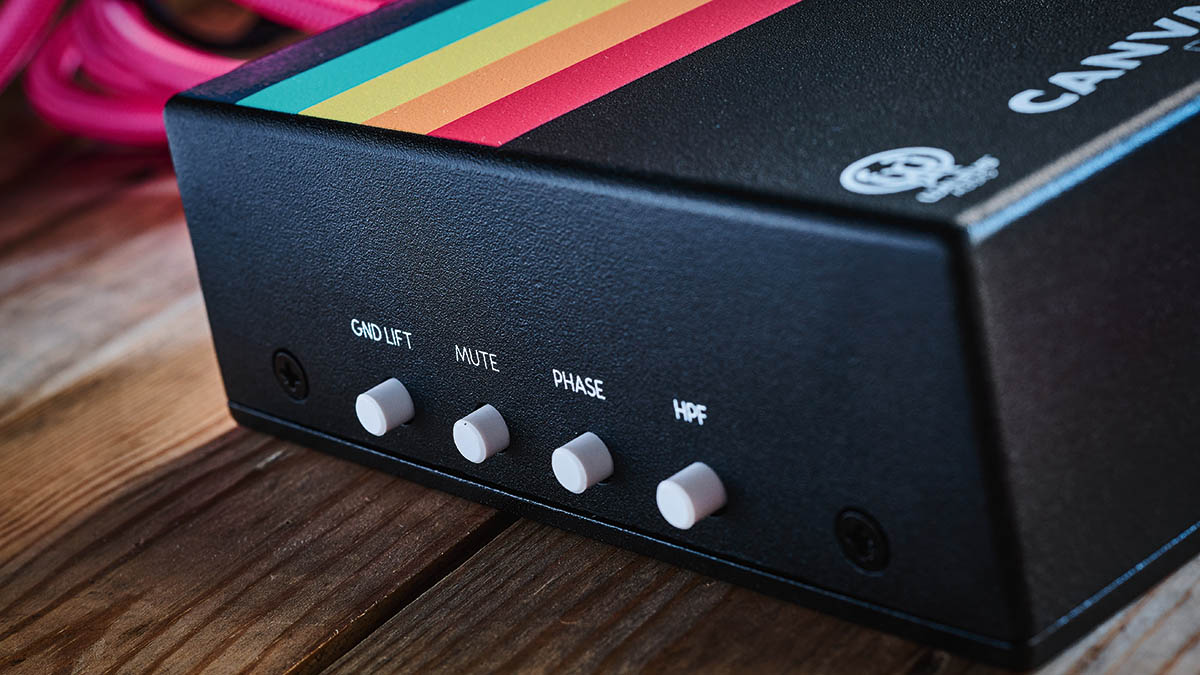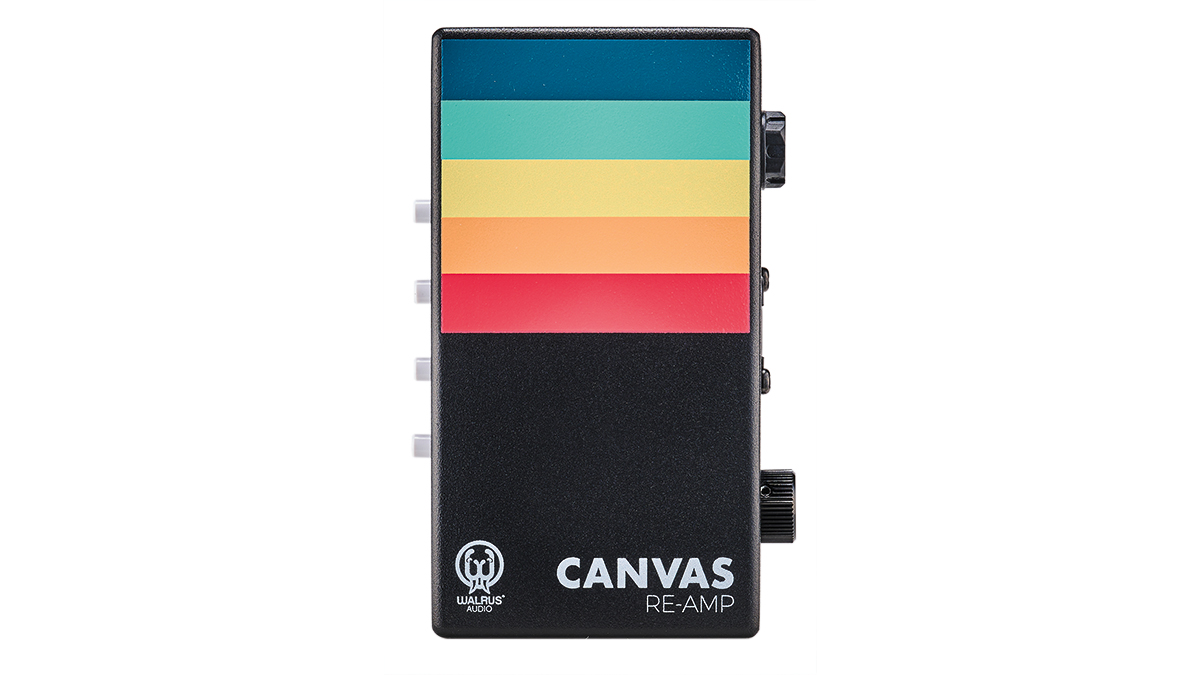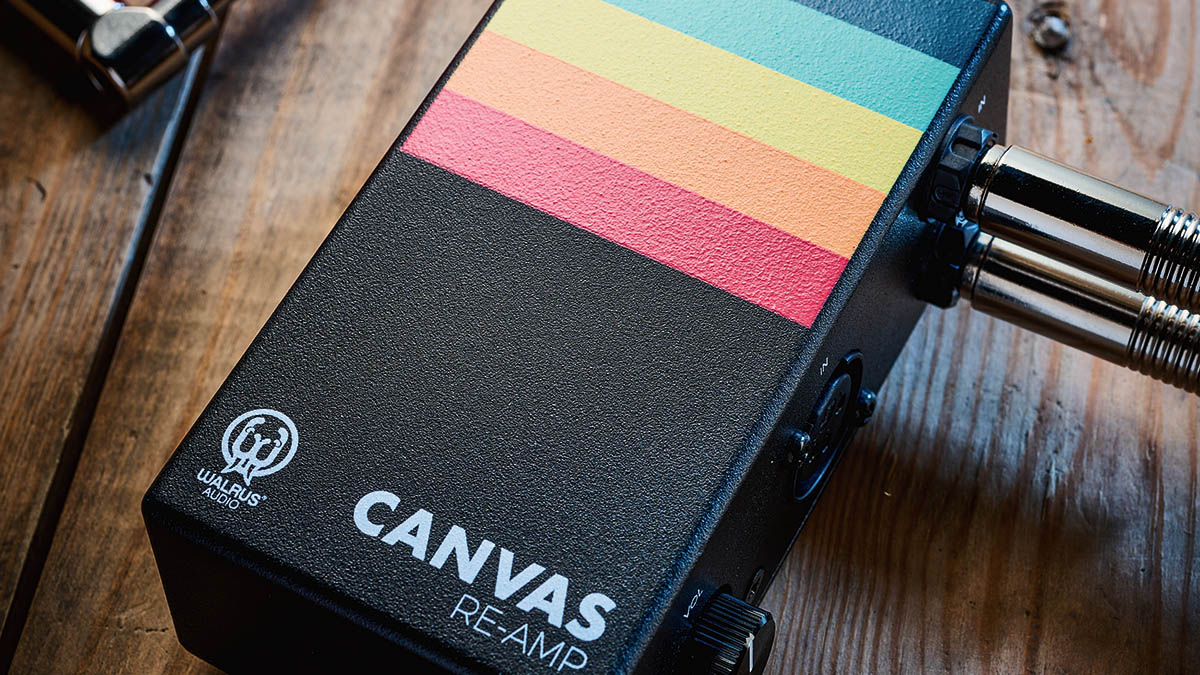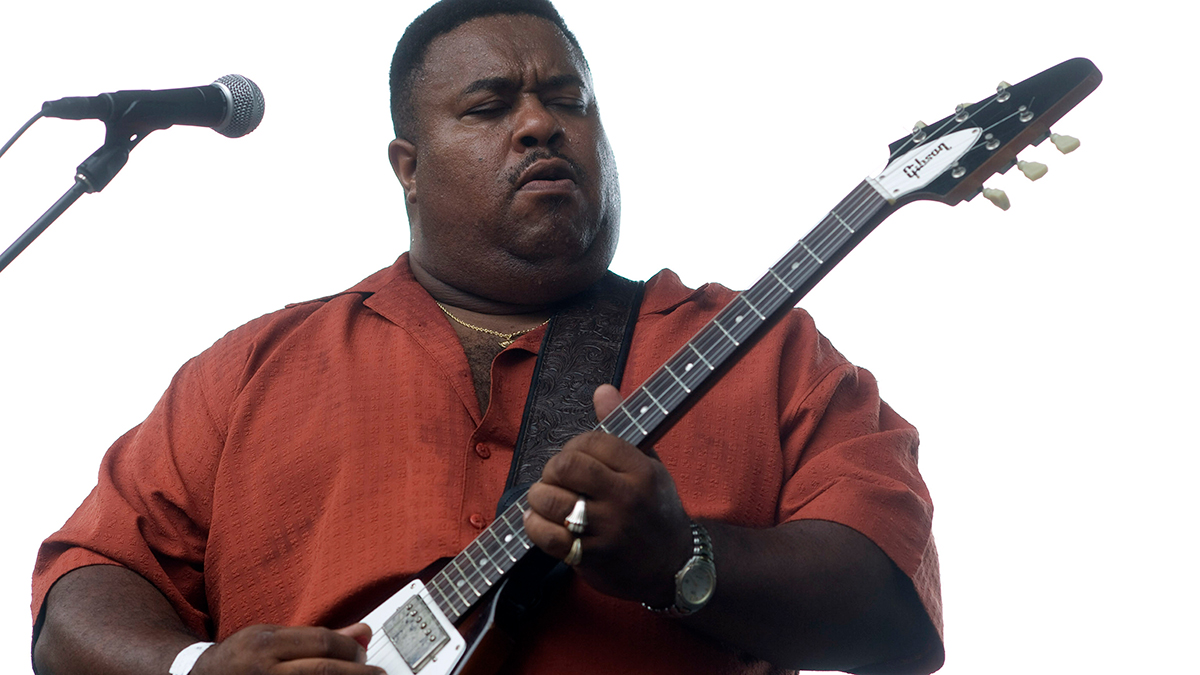Guitar World Verdict
Well, the Canvas Re-Amp is a widget, but it’s an extremely useful one since it provides flexibility for anyone who wants to integrate their pedal collection and/or amps into their recording setup.
Pros
- +
Needs no power.
- +
Simple to use.
- +
XLR and jack inputs.
- +
Useful range of extra facilities.
Cons
- -
We’d have liked it even more if it cost a little less!
You can trust Guitar World
Walrus Audio is well-known for its pedals, but the company also has a small line of related accessories that includes the Canvas series. Besides the two Line Isolator/Direct Injection boxes already available, there’s now a third unit that’s dedicated to reamping.
Using a custom‑wound transformer to do the necessary impedance conversion, the Canvas Passive Re-Amp is designed to take line-level signals and optimise them so that they can be fed directly into pedals or guitar amps.
You can feed your line level signal via either a balanced XLR input or a balanced jack. It’s sent out at the correct impedance for your pedal and/or amp rig with a Volume knob to control the signal level.
Besides these, there’s an array of switches for taking care of some basic tasks if needed, such as lifting the ground to reduce hum or inverting the phase. There’s also a high-pass filter to roll-off any unwanted rumbly bottom-end, and a switch to mute the output.
The most common use of the unit would be in changing the sound of any recorded guitar tracks. While recording the exact amplified guitar sound you think you might need for a song, it’s good practice to simultaneously record a second track of dry guitar to keep your sonic options open at the mix.
Alternatively, you could simply record a single dry track, that’s possibly monitored through an amp-sim plug-in, with the intention of creating the final definitive sound later.

While guitar VST plug-ins such as IK’s AmpliTube and others could be applied to that dry track, this box gives you a natural alternative by letting you send it through your pedals, amp or both to be recorded onto another track in your DAW.
All the latest guitar news, interviews, lessons, reviews, deals and more, direct to your inbox!
Bear in mind that the process also works for any recorded tracks, so if you’d like to put drums, bass, keyboards or voice through your pedalboard, you’ll be able to do it. Using the unit is a breeze and we got great sonic results when sending a guitar track from our DAW out through pedals and amp for re-recording, with the Volume knob offering plenty of scope for setting up the optimum level.
Specs

- PRICE: $/£149
- ORIGIN: USA
- TYPE: Reamping box
- FEATURES: Flat frequency response (20Hz-20kHz), ground lift, phase inversion
- CONTROLS: Volume, ground lift switch, mute switch, phase inversion switch, HPF switch
- CONNECTIONS: Standard input, standard output, XLR input
- POWER: Passive
- DIMENSIONS: 72 (w) x 122 (d) x 40 mm (h)
- CONTACT: Walrus Audio
Trevor Curwen has played guitar for several decades – he's also mimed it on the UK's Top of the Pops. Much of his working life, though, has been spent behind the mixing desk, during which time he has built up a solid collection of the guitars, amps and pedals needed to cover just about any studio session. He writes pedal reviews for Guitarist and has contributed to Total Guitar, MusicRadar and Future Music among others.


